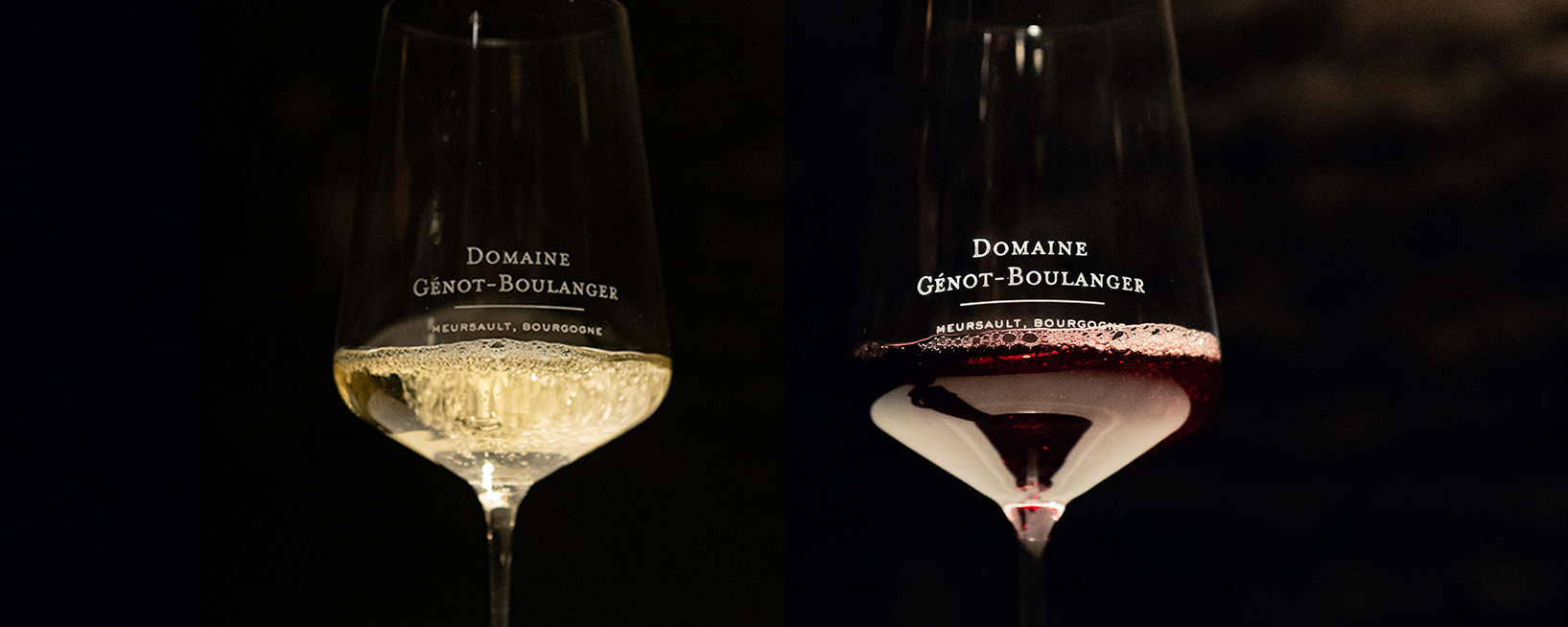
Charm in Abundance
VINTAGE REPORT: BURGUNDY 2023
20 December 2024
Julian Campbell
If 2022 gave us cause for optimism, that great wines can be made in a changing climate, then 2023 takes this a step further. Yoyoing from one extreme to another, this was the warmest overall vintage in the past 25 years, but also one with less sunshine hours than eight other vintages in that period. It had a rain deficit in the spring, but plentiful rain in the summer. The grapes experienced ups and downs throughout the season, before completing their ripening under intense late August and early September heat.
If the last twenty years have taught us anything it is that Burgundian vines and vignerons are having to adapt to ever changing climatic conditions with increased regularity and speed. But also, that they can. "Never before have we experienced such heat on almost perfectly ripe grapes" Guillaume Lavolee told us, "and yet my wines are fresh and perfectly ripe this year".
You see, for all these weather-based exclamation marks, this was a vintage that provided almost perfect growing conditions for the creation of a generous potential crop. As Mathilde Grivot summed it up, "We had rain when we needed it and sun when we needed it". Come harvest time, with a large and healthy potential crop, growers could be extremely selective about what made it into their blends.
The resulting experience of 2023 taken as a whole, is somewhat akin to drinking cool, ripe sunshine. These are wines of purity and transparency. These certainly do not feel like hot vintage wines. They do not display exotic tendencies. They are not overly dense, nor opaque in flavour. There’s a luminosity in 2023 that couples with a maturity of phenolics and a ripeness of acidity, to create a generally spherical, tapering feel to the wines, where fresh ripe fruit mingles with minerality in a very pleasing way.
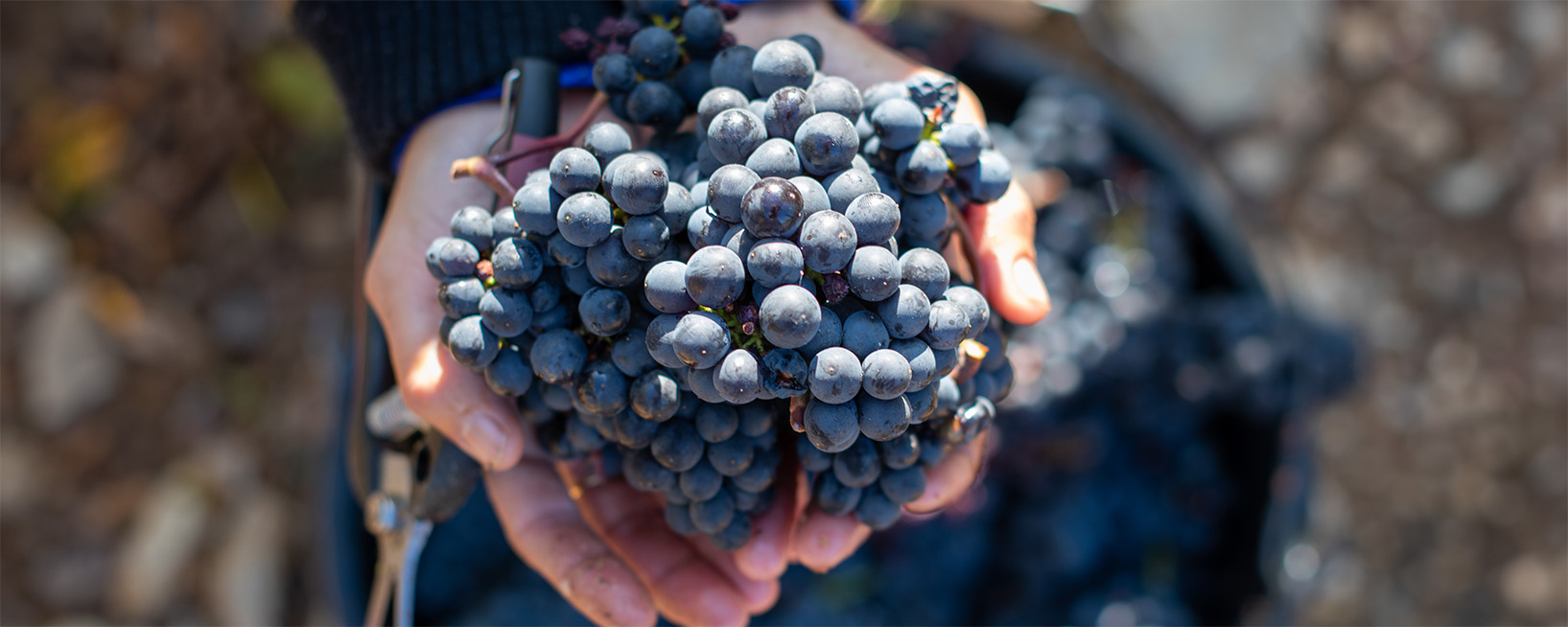
Comparing vintages is never easy and frankly often a fool’s errand. The factors that contribute to any given season are so infinitesimal that each new offering is necessarily unique. Average temperatures are a much-touted metric, but the truth is that heat in June affects a final crop completely differently from heat in September. A warmer than average February has a very different effect from a cooler than average July and early August (as was the case in 2023). Myriad factors all play their part.
Merely to set the scene, we came away from two weeks of tastings with a sense that perhaps these 2023 reds come across a little bit like 2017s but with a bit more of everything. More pleasure, more ripeness, more depth, but an equally engaging and inviting overall character. Perhaps a combination of 2017 and 2019, which, for those who know those two vintages well, sounds compelling; the generosity and sensuality of the 2017s with the depth and sapidity of the 2019s. It was Jacques Desvauges who said "This is a vintage that for consumers, has everything. You can drink them young or age them" and indeed, it does not feel like we’ll need to wait long to enjoy them.
For the whites, it’s harder to find an obvious analogue. Cool fruit flavours without angles or edges. Plenty of length. Plenty of extract and minerality. Maybe 2022 with a slenderer profile and more citrus driven fruit. Certainly there’s ripeness to the acidity that gives many of the wines a truly seamless feel, caused by a pH range that runs from normal, to ever so slightly higher than normal, but there’s also a sense of extract in many of the wines, a cool grip that you feel far more often than overtly ripe flavours.
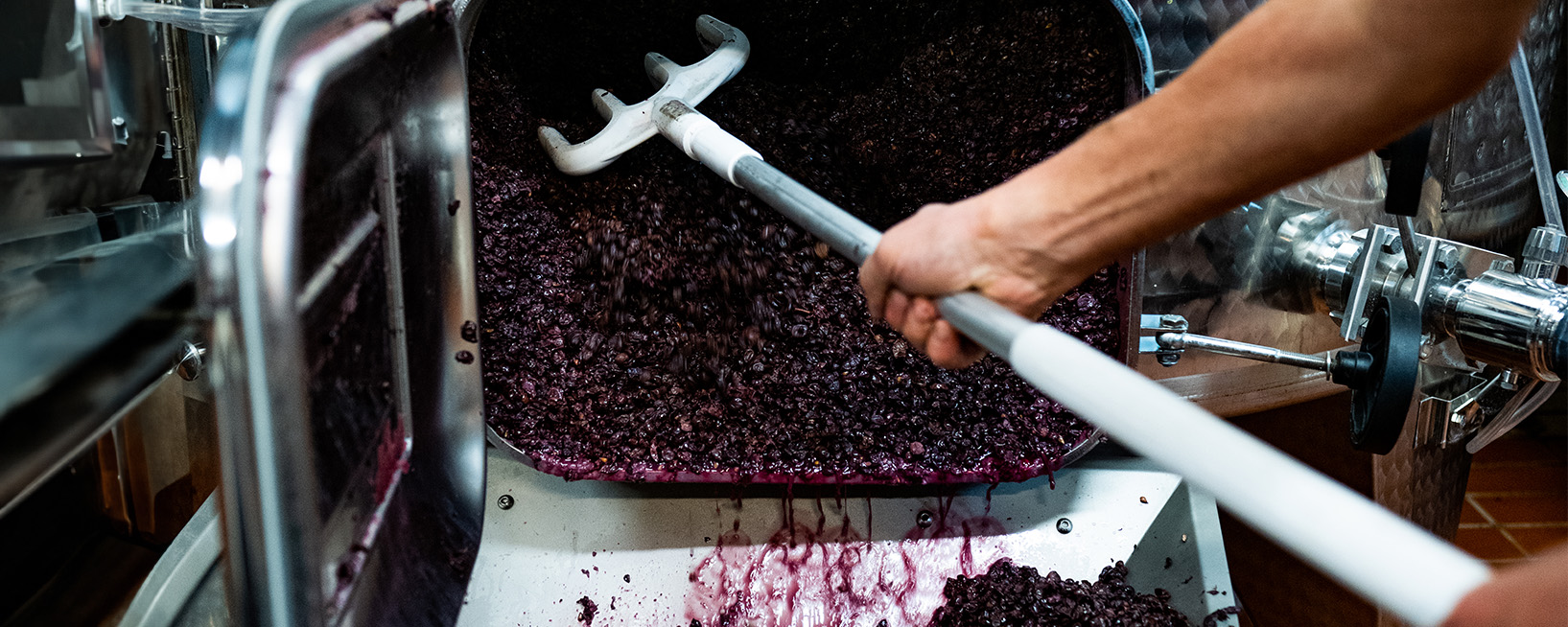
- The warmest vintage on record, just surpassing 2022. Rainfall was close to the historical average overall. Sunshine hours were less than eight other vintages in the past two decades.
- Budbreak and flowering coincided with clement weather and set the scene for a sizeable crop.
- Storms hit the region during the summer, providing plentiful rain. No one reported any hydric stress.
- Growers were faced with a very generous crop and much green harvesting was carried out in June, July and August.
- July was cool and August was a total mixture, with spells of real heat, then cool weather, and some rain.
- September signalled the arrival of a period of unseasonably hot weather, coinciding with many growers’ harvests.
- Many, indeed most, reported maximum appellation yields, with good levels of maturity in a generally very healthy crop. Sorting was required to select out less ripe bunches but incidences of rot were rare.
- The success of the vintage for many was determined by two major factors - managing yield, and selecting the right date to harvest.
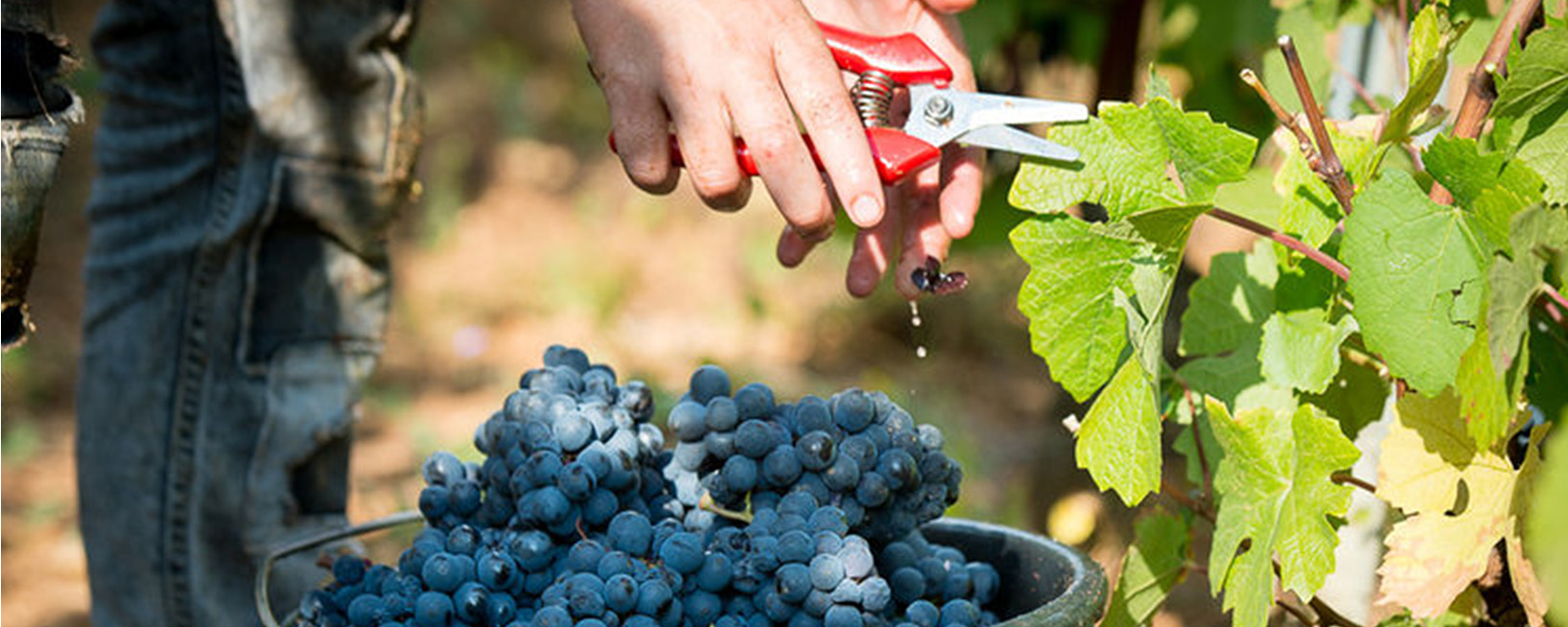
Through a combination of debudding, green harvest and sorting prior to harvest, a large potential crop was brought to heel. "You had to really spend time in the vineyards", Cyrielle Rousseau told us. "we dropped almost half our crop in July. You’d look at a vine and the more you looked the more fruit you saw!" For Laurent Lignier, 30% was dropped early in July, others dropped fruit in June, July and August.
Time and again we heard this. For many these were maximum permitted crop sizes, driven by large numbers of bunches as well as sizeable grapes. This is a dominant feature of the vintage, and indeed for many, particularly for the Pinot Noirs, managing this was the key to unlocking the potential of the vintage.
Get your yields right and the doorway leads to fine, juicy, expressive wines with balance and poise and plenty of vibrancy. For many, the key was waiting for aromatic ripeness but then going extremely quickly, so as not to let anything drift into sur-maturity. You cannot help but wonder what would have happened had this been a tiny crop, ripening at pace, under a blazing sun. I suspect we’d have a far less charming vintage on our hands….
For the whites the yields were less of a concern, indeed for many they were in line with 2022, 2020 and 2018, and certainly for those with old vines in good vineyards it was a case of setting correct yields early in the season and harvesting a full crop. Some higher cropping and young vine sites needed management, but that’s not unusual, and so for most growers, this was an easy white harvest with plentiful juicy grapes and very little rot or sorting to be done.
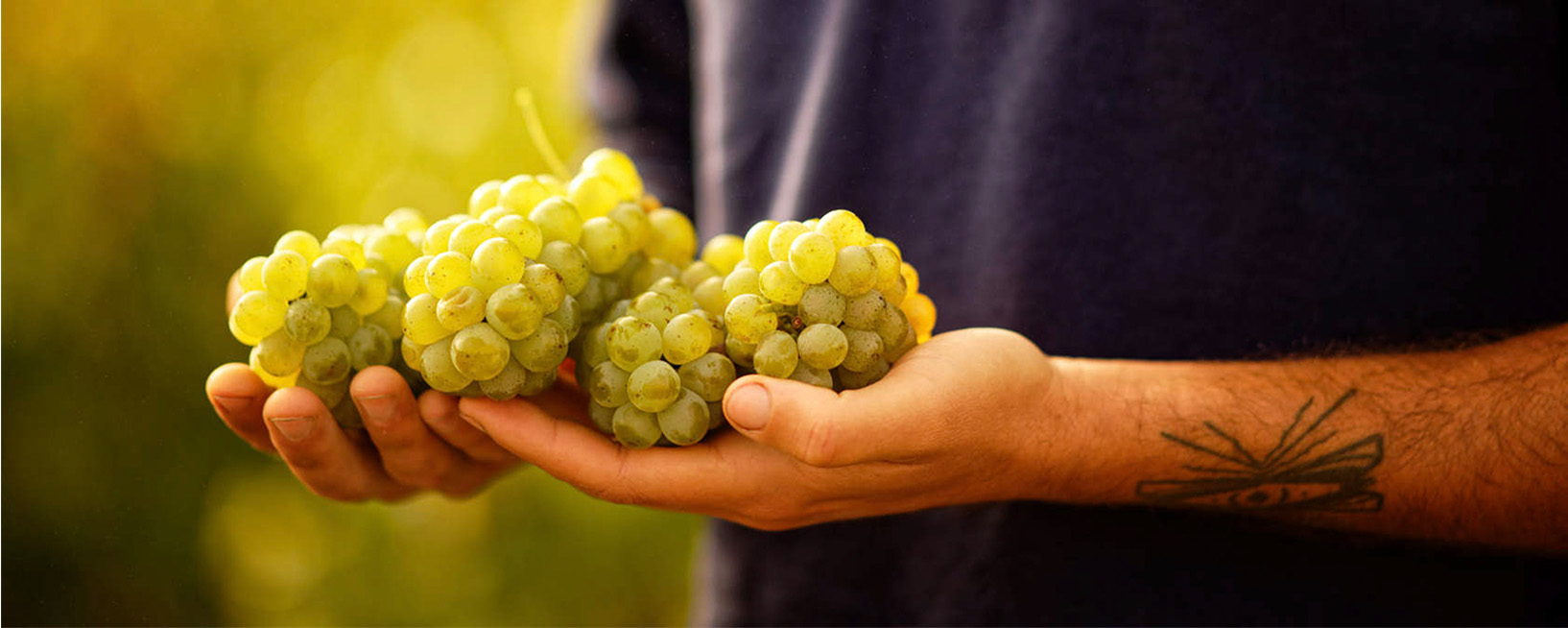
With a sudden and unexpected heatwave that arrived on the 4th September, decisions had to be made at pace. Many white growers had the majority of their crops in by this point, but for those harvesting Pinot Noir, this was a crunch period. Those ready to harvest with a full team of pickers, were happy to go early. Many growers told us they ended up harvesting up to a week earlier than they had planned. But early was not the only story. Indeed we heard reports of some growers in one village starting harvest on the 28th August, while others in the same village starting in October (no one we buy from I’m pleased to say). This is a huge window, almost unheard of. The moment of harvest was clearly key, but with crop load having a huge bearing on ripeness, as well as general farming practices, a simple date was never entirely indicative of the quality of wine on offer. Rains that fell in the second week of September evidently had an impact for those harvesting after the 9th, when the heat abated. The correct moment was clearly specific to each Domaine.
One major benefit of such a large crop ripening in hot weather was that it allowed vignerons to sort Pinot Noir stringently. Most growers talked of very healthy fruit, with little incidence of rot, so this was simply an exercise in eliminating less than perfectly ripe bunches. Francois Moriamez of Domaine JF Mugnier, as well as quite a few others, reported carrying out a sorting in the vineyards as well as a sorting on the table de trie in the winery. "Frederic couldn’t understand why we needed such a big team in the vineyards, but he soon understood. Any bunch that looked less than perfect we simply discarded".
The pace of harvest was very often the biggest challenge with everything ripening at once. Many growers reported harvesting solely in the mornings, starting very early to help protect their workers and to bring in cooler grapes. Many employed a greater number in the vineyards than ever before. Those that harvested after the rains on the 12th could do so at a less hurried pace, but for those picking in the eye of the heat wave, speed was of the essence.
For Chardonnay producers, the decision here was how early to go. Some started as early as the 24th August, others saw a window between the 28th and 31st. Those who went early universally reported relief at having had their grapes in the winery when the canicule hit.
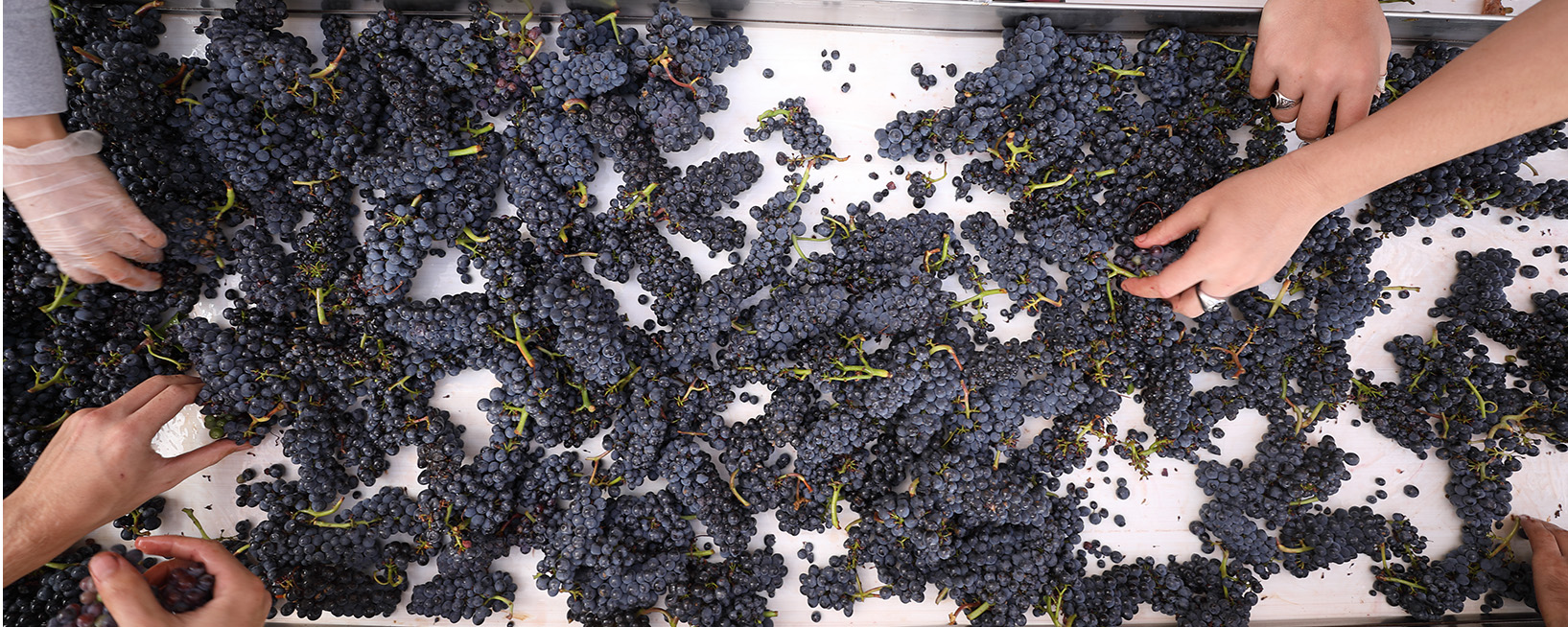
There is a good deal of surprise around at how fresh and fine the wines of 2023 taste with a year’s élevage under their belts. Not being a psychologist, I hesitate to suggest this, but surely there must be a residual emotion from harvest that carries across into the first tastings of wines, in response to the state of the team at harvest, which must colour a winemaker’s expectance of how a vintage is going to perform in the cellar. This brain’s dependence on predicting the world around us must take some time to be overridden by the developing wines. Whatever the cause, this is one of those vintages that vignerons are astonished and delighted to have in the cellar – providing the morale boost of a full cellar with the joy of it being full of wine consumers are going to love drinking.
If the vintage caused people to vinify differently, it was in their efforts to cool the grapes just after harvest, or in their approach to whole bunches. By harvesting only early in the morning the effect on the grapes arriving in the cellar was enormous, while many also employed cool rooms or cooled tanks. For those who practice whole bunch fermentation many reported using less for practical reasons – they simply couldn’t fit so many stems in the tanks given the volume of bunches to vinify – or so as to prevent a loss of acidity, in a vintage where preserving freshness was a goal. For most vignerons, élevage was standard and traditional, with some taking the wines to tank for assemblage a little earlier than normal – again to preserve freshness – but most following their usual winemaking timetable.
One last point that cropped up was the lack of summer heat in 2024. Several growers reported that their cellars remained cooler than usual. Whether this influenced the final wines is hard to prove, but certainly there were some who suggested that this slightly cooler than usual élevage may well have helped to preserve a sense of freshness in the final wines.
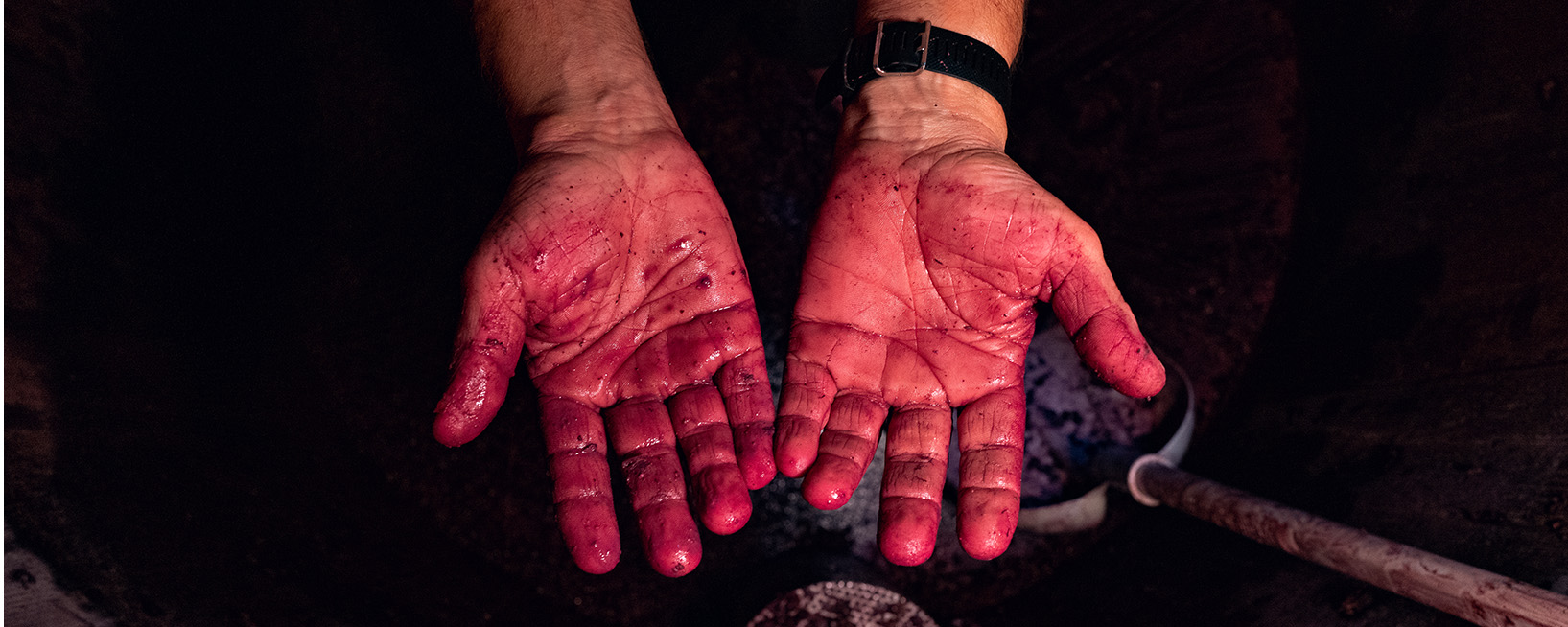
Whether it is the evolution of the vine, or the evolution of the human, Burgundy’s vines would appear to be finding ripeness and balance earlier and in a more relaxed fashion than they did at the start of the cycle of hotter years that began with the extreme and low yielding 2003 vintage. Years of heat and sunshine are both more common and less noticeable in the final wines. It is also possible of course that it’s the tasters and consumers who are becoming more accustomed to these vintages. But the fact of the matter is that both analytically, and organoleptically, the wines produced in "warm" vintages, are increasingly able to attain those holy grail states of balance, restraint, complexity, depth and length, despite being harvested at the end of August or start of September – historically extremely early harvest periods. "A return to good old fashioned Burgundy" Francois Moriamez said of the Mugnier ‘23s, "a vintage about length and depth rather than scale and breadth". Whereas hot vintages in the early part of the 21st century very often imprinted themselves onto the wines at the expense of terroir definition, today, as in the case with 2023, one is far less likely to find hot fruit that clouds a vineyard’s characteristics.
If there are occasional wines that bear the hallmarks of having been harvested too late, they are the exception For the great majority, the markers of place that we Burgundy lovers seek out are there for all to see in 2023. If it’s the rocky core of a Meursault Perrieres you seek, you will find it. The seductive grace of a Vosne Suchots, it’s there. The basic wines are driven by juicy fruit and often a light crunch to the tannins, while the majesty of Burgundy’s Grand Crus is evidenced less by scale in ‘23 and more by layers of fine complexity, and long lingering finishes. Ripe perfumes, engaging and open fruit profiles, supple tannins and plenty of terroir defined minerality. There is a huge amount to love in Burgundy’s bountiful and rather beautiful 2023 vintage.
